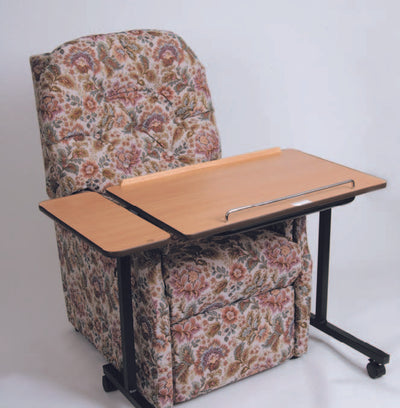Stethoscope 101: Listen to the Lungs
The stethoscope is medical equipment that is commonly used by healthcare professionals to listen to the sounds of the body. One of the most important uses of the stethoscope is to listen to the lungs.
When listening to the lungs through a stethoscope, healthcare professionals can hear different sounds that are associated with different symptoms. These sounds can give healthcare professionals important information about the health of the patient.
Step 1: Prepare the patient and the environment
Prepare the environment for optimal listening conditions, and make sure the patient is comfortable (either sitting or standing) in a relaxed position. You can also warm the stethoscope in your hands to avoid discomfort for the patient.
Step 2: Instruct the patient on proper breathing
Ask the patient to breathe slowly and deeply through their mouth to maximise lung expansion, and instruct the patient to avoid talking during auscultation.
Step 3: Systematically work your way down the lungs
Compare the left and the right lung sounds symmetrical by starting at the top of the lungs and working your way downwards while moving from one lung to the other. Examine both the anterior and posterior lung fields.
Step 4: Identify the sounds
One of the most common sounds that healthcare professionals listen for is called the breath sound. This sound is produced by the movement of air through the lungs when a person breathes. The breath sound is usually a soft, rustling noise that can be heard throughout the lungs.
However, if there is a problem with the lungs, the breath sound can change. For example, if there is fluid in the lungs, the breath sound can become crackling or bubbling. This sound is known as the crackling sound and is often heard in patients with pneumonia or congestive heart failure.
Another sound that healthcare professionals listen to is called the wheezing sound. This sound is produced by the narrowing of the airways in the lungs. The wheezing sound is a high-pitched whistling noise that can be heard when a person breathes in or out. This sound is often heard in patients with asthma or chronic obstructive pulmonary disease (COPD).
In addition to the crackle and wheeze sounds, healthcare professionals also listen for the pleural friction rub sound. This sound is produced when the two layers of tissue surrounding the lungs rub together. The pleural friction rub sound is a creaking noise that is often heard in patients with pleurisy or pneumonia.
The different sounds that healthcare professionals listen to can provide valuable information about the health of the patient.





































